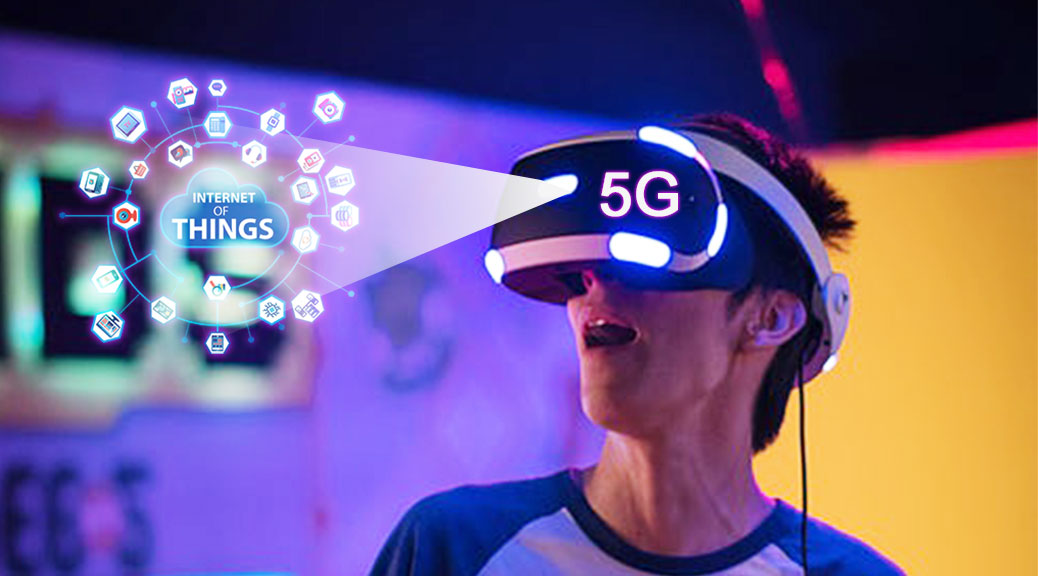5G IoT will bring a huge increase in the amount of data that can be transmitted in a given period of time. That raises an interesting issue concerning its relationship to the IoT. Many – perhaps most — uses of the IoT do not require the transmission of great amounts of data or near real-time performance.
For instance, a very promising IoT-enabled service is a prediction of breakdowns of factory equipment. In this scenario, an IoT sensor is collocated with a vibration monitor on a piece of machinery. If the vibrations deviate beyond a pre-set threshold – a sign of that there is a problem — the sensor sends an alert. The machine than can be serviced or taken offline and a disruptive breakdown avoided.
Another example is IoT Smart City traffic control. Suppose somebody has a heart attack and needs to be transported to a hospital. 5G IoT can provide a number of tasks to improve the individual’s chances of survival. These include sending his vital signs to the waiting medical team and changing the timing of traffic signals to give the ambulance green lights all the way.
None of these needs to operate in real-time and none is made up of huge amounts of data. Ultra-fast, low latency networks are not needed.
5G IoT
So what is the tie between 5G and the IoT? The key is that not all applications match these rather relaxed use cases. A broad array of IoT-based applications is emerging that require almost instantaneous reactions. Obvious examples are autonomous vehicles and robotic surgery.
The tie between 5G and IoT will grow deeper and more complex over time. It involves a fundamental rethinking of how telecommunications networks work. Today, an organization opts for bandwidth from a provider. There can be different bells and whistles, but the basic commodity provided to that organization is the same as that sold to the business down the street.
This will change in the world of 5G due to a concept called network slicing takes root. The idea is that telecommunication providers can use virtualization techniques to subdivide spectrum and customize portions – the slices – for particular clients’ use cases. Thus, the factory would have a 5G IoT slice that emphasizes reliability but doesn’t require the transfer of a great deal of data in real-time. Robotic surgery or autonomous vehicles, however, would have slices with exceedingly low latency.
Innovations don’t happen in a vacuum. The exciting technologies that we read about every day – artificial intelligence, artificial reality, virtual reality, quantum computing, big data, robotics and automation to name a few – are deeply related and synergistic. 5G IoT fits this profile as well. They will provide a ubiquitous mesh of computing capabilities that will impact virtually everything people do. Each use case — keeping factories humming, getting patients to medical care as quickly as possible and enabling surgeons miles away to perform delicate robotic surgery – will have access to connectivity with unique features.
